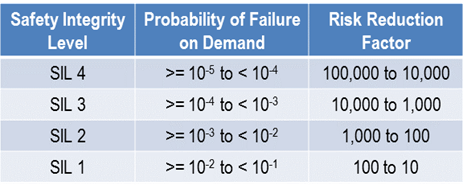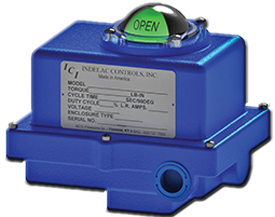Nowadays safety systems saturate the industrial substructure, spreading protective influence all the way to an industry’s end result. Modern safety structures minimize risk with effective enhancements that commonly increase dependability, proficiency and viability.

Severe temperature and pressure, volatile and hazardous materials are merely a handful of the concerns met on a regular basis in the process industry. Dependability is a fundamental element of safety; the more reliable the system, the safer the operation. In response to these safety issues the ISA SP84, IEC 61508 and IEC 61511 collectively created a safety standard that has been recognized universally. SIL stands for Safety Integrity Level. A SIL is a degree of safety in a systems performance, also known as probability of failure on demand (PFD). SIL is comprised of four separate levels; these levels are determined by the reliability of the safety system. The more reliable the system the higher the SIL level rating.
A SIL level applies to an entire system. Individual products or components do not have SIL ratings. SIL levels are used when implementing a SIF (Safety Instrumented function) that must reduce an existing intolerable process risk level to a tolerable risk range.
It is important to also note that as the SIL level increases, typically the cost and complexity of the system also increase.






